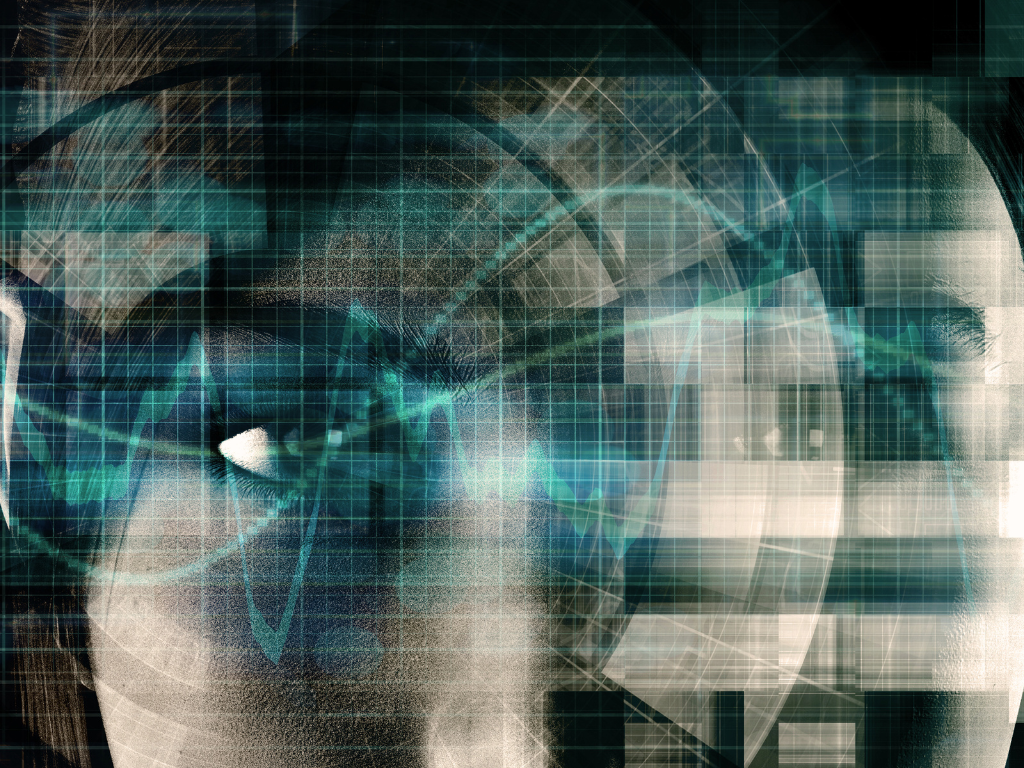
Eyeing the Future: Advancements in Autism Diagnosis Through Eye-Tracking Analysis
When it comes to diagnosing autistic spectrum disorder (ASD), early detection is vital. An early diagnosis yields early intervention and treatment, such as Applied Behavior Analysis therapy. Fortunately, modern medicine has produced multiple advancements in diagnosing ASD, including eye-tracking analysis. Let’s look at how this technology can support early detection methods to produce a diagnosis.
Challenges of Diagnosing ASD
The early screening process remains one of the biggest challenges in ASD research. A diagnosis can often require hours of clinical examinations and interviews with the parents. In addition, a diagnosis may be based on abnormal patterns of behavior that don’t emerge until after early intervention is possible. Many parents and caregivers are also unfamiliar with the early symptoms of ASD, preventing them from seeking treatment or identifying signs during an interview.
According to a meta-analysis of over 50 studies performed between 2012 and 2019, the current mean age of diagnosis in children is 60.48 months. However, at 12 to 13 months, the degree to which an ASD diagnosis can be certain is about 50%. By 16 months, the degree of certainty rises to about 83%. This discrepancy also results in diagnoses that come after the early detection period.
Exploring the Potential of Eye-Tracking Technology
Professionals have cited abnormalities in eye contact and gaze as one of the most notable hallmarks of autistic spectrum disorder as early as the 1940s. Despite variances in presentation among different children, ASD is consistently marked by gaze abnormalities to this day. Understanding the particulars of eye movements in response to verbal or visual stimuli is vital to achieving a diagnosis.
Eye-tracking technology can potentially allow care professionals to take an in-depth look at the dynamics of eye movement in children. By feeding this information into a data visualization and deep learning program, it may be possible to arrive at an early diagnosis more consistently than other clinical methods.
Advancements in Autism Diagnosis Through Eye-Tracking Analysis
Much like virtual reality, eye-tracking analysis can be a beneficial asset for autism diagnosis and treatment. One study used eye-tracking analysis to show that toddlers and preschoolers with ASD have a fixation time percentage that significantly decreases as compared to typically developing (TD) children. The children in the study viewed still images and video clips while researchers observed their gaze patterns.
Another promising study used eye-tracking tests based on the faces and visual cues of cartoon characters and real people to investigate children’s eye movement patterns. The children tried to match the facial expression, movement, and clothing of the cartoon character to the real person, who would imitate the cartoon. The test used machine learning to analyze the children’s eye movements and fixation times during the video clips to identify their fixation times and areas of fixation.
Addressing Ethical and Practical Considerations
As exciting as the possibilities presented by eye-tracking analysis can be, it’s vital to recognize the ethical and conceptual considerations that come with an ASD diagnosis. Autistic spectrum disorder is a complex condition with many variations in the presentation and severity of its symptoms. So the results of an eye-tracking analysis should enhance other clinical tests rather than replace them.
Additionally, ASD can often enmesh with other neurodevelopmental disorders. So the results of an eye-tracking analysis should be balanced against other diagnostic methods.
The most important consideration is ensuring appropriate human oversight. Machine learning can present and even process a large amount of information. While the accuracy of this technology is high, it’s still the responsibility of care providers and mental health professionals to use their best judgment and experience to diagnose children.
Future Directions and Implications of Eye-Tracking Analysis
As machine-learning technology progresses, it will be possible to analyze and process data faster and more accurately. With a more accurate analysis, care professionals can enhance various clinical tests to offer early ASD diagnoses with a higher degree of diagnostic stability. Treatments like ABA therapy are more effective when they can be applied as early as possible.
Giving Your Child the Best Chance with ABA Therapy
Because abnormal gaze has been a hallmark of autistic spectrum disorder from early on, eye-tracking technology can potentially present a more accurate diagnostic tool. Several studies have highlighted the effectiveness of eye-tracking in assisting the early detection process. The sooner you have a diagnosis, the sooner you can begin intervention and treatment.
Path 2 Potential’s staff of board-certified Behavior Analysts take the best possible approach to improving the lives of children with ASD and other developmental disorders. Our approach includes education through parent resources and our highly informative blog, so you don’t have to walk this path alone. Please feel free to get in touch with us and ask how enrolling your child in our comprehensive ABA Therapy services can go a long way in improving their future one step at a time.
Further Citations
https://www.health.harvard.edu/blog/how-early-can-you-and-should-you-diagnose-autism-2019082317653
